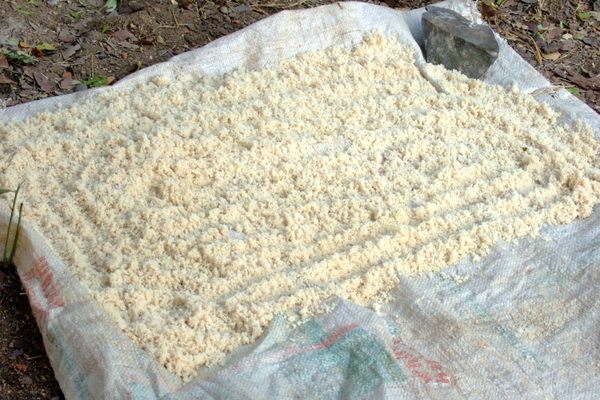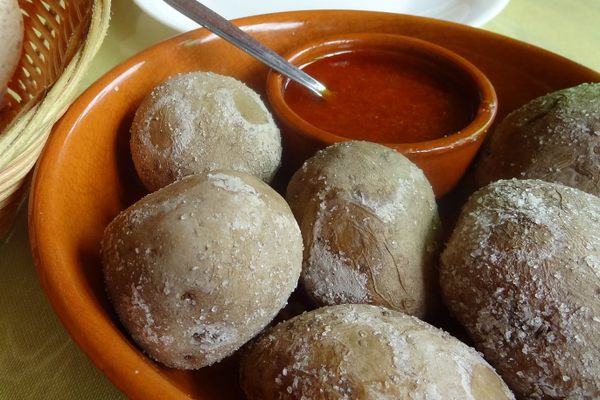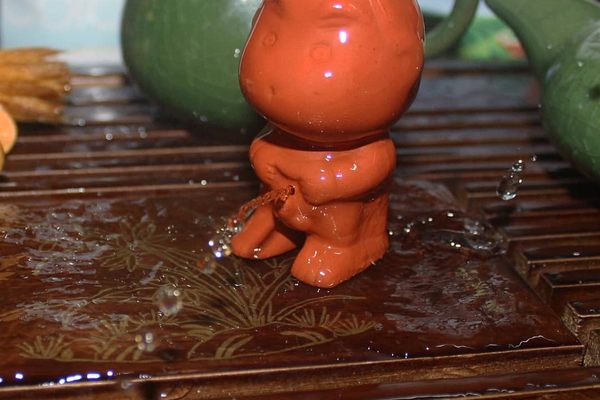Ingredients & Condiments
Farim Salt
An industry run almost entirely by women is developing new sustainable methods to harvest this highly coveted riverbed salt.
Between November and May, the salt harvesters of Farim gather by the dry riverbed of the receding Cacheu river, hunched over the soil, collecting it from around the mangroves. The long, exhausting, and largely women-led labor of making salt untouched by machines, using techniques learned over generations, has begun.
The Cacheu, a saltwater river that meanders through Guinea-Bissau before emptying into the Atlantic Ocean, is the lifeline of the village of Farim. In addition to sustaining the local fishing industry, the river enables the long-standing tradition of salt harvesting. When it recedes during the dry months, it leaves a crust of salt on the riverbed and on the mangroves that line it. After collecting this saline soil, local harvesters sieve it through pieces of fabric stretched on wooden frames, or sometimes in clay pots pierced with tiny holes. Then, they boil the filtered brine in metal pans over a fire fueled by mangrove wood.
The pure, crystalline salt is much-coveted, and the women sell it at the local market. In fact, demand for Farim salt had been causing the deforestation of mangroves in the region, but recently nonprofit organizations have been promoting more sustainable ways of salt harvesting, using evaporation ponds (artificial salt ponds that extract salt through evaporation) instead of boiling the brine. A move to reforest the mangroves is also underway.
Where to Try It
-
Farim Market
Farim, Guinea-BissauKeep an eye out for female vendors at the village's main market.
Written By
 Rohini Chaki
Rohini Chaki













